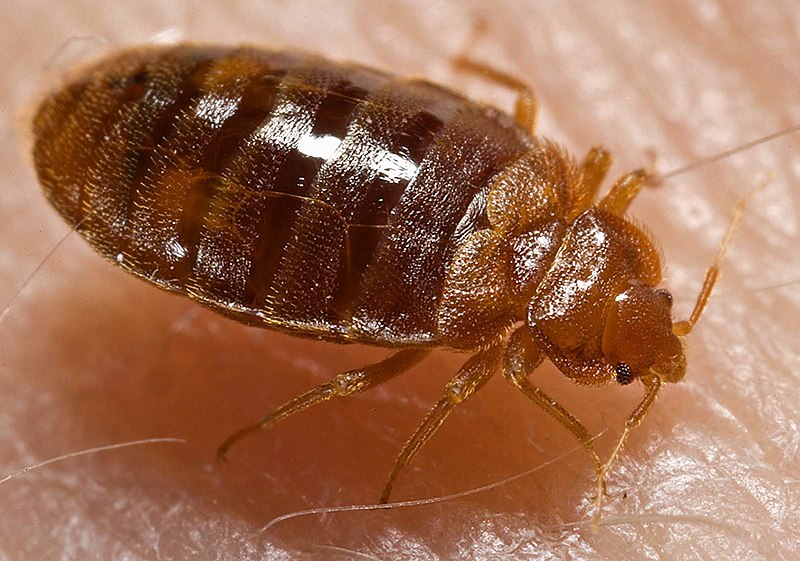Wêne:Bed bug, Cimex lectularius.jpg

Mezinahiya vê pêşdîtinê: 800 × 561 pîksel. Resolusyonên din: 320 × 224 pîksel | 640 × 449 pîksel | 1024 × 718 pîksel | 1280 × 898 pîksel | 1600 × 1122 pîksel.
Dosyeya orjînal (1600 × 1122 pixel, mezinbûnê data: 161 KB, MIME-typ: image/jpeg)
Dîroka daneyê
Ji bo dîtina guhartoya wê demê bişkoka dîrokê bitikîne.
| Dîrok/Katjimêr | Wêneyê biçûk | Mezinahî | Bikarhêner | Şirove | |
|---|---|---|---|---|---|
| niha | 14:11, 17 gulan 2007 |  | 1600 x 1122 (161 KB) | Patho | == Summary == {{Information |Description=ID#: 9822 Description: This 2006 photograph depicted an oblique-dorsal view of a '''bed bug nymph, Cimex lectularius''', as it was in the process of ingesting a blood meal from the arm of a “voluntary” human h |
Bikaranîna pelê
Ev rûpelên li jêr vê dosyeyê bi kar tînin:
Bikaranîna gerdûnî ya pelê
Ev wîkiyên di rêzê de vê pelê bi kar tînin:
- Bikaranîna di af.wikipedia.org de
- Bikaranîna di an.wikipedia.org de
- Bikaranîna di ar.wikipedia.org de
- Bikaranîna di arz.wikipedia.org de
- Bikaranîna di ast.wikipedia.org de
- Bikaranîna di azb.wikipedia.org de
- Bikaranîna di be.wikipedia.org de
- Bikaranîna di bg.wikipedia.org de
- Bikaranîna di bjn.wikipedia.org de
- Bikaranîna di bn.wikipedia.org de
- Bikaranîna di bs.wikipedia.org de
- Bikaranîna di ca.wikipedia.org de
- Bikaranîna di ca.wiktionary.org de
- Bikaranîna di ceb.wikipedia.org de
- Bikaranîna di cs.wikipedia.org de
- Bikaranîna di cv.wikipedia.org de
- Bikaranîna di dag.wikipedia.org de
- Bikaranîna di de.wikibooks.org de
- Bikaranîna di din.wikipedia.org de
- Bikaranîna di el.wikipedia.org de
- Bikaranîna di eml.wikipedia.org de
- Bikaranîna di en.wikipedia.org de
- Bikaranîna di en.wikinews.org de
- Bikaranîna di en.wiktionary.org de
Zêdetir bikaranîna global a vê pelê bibîne.

